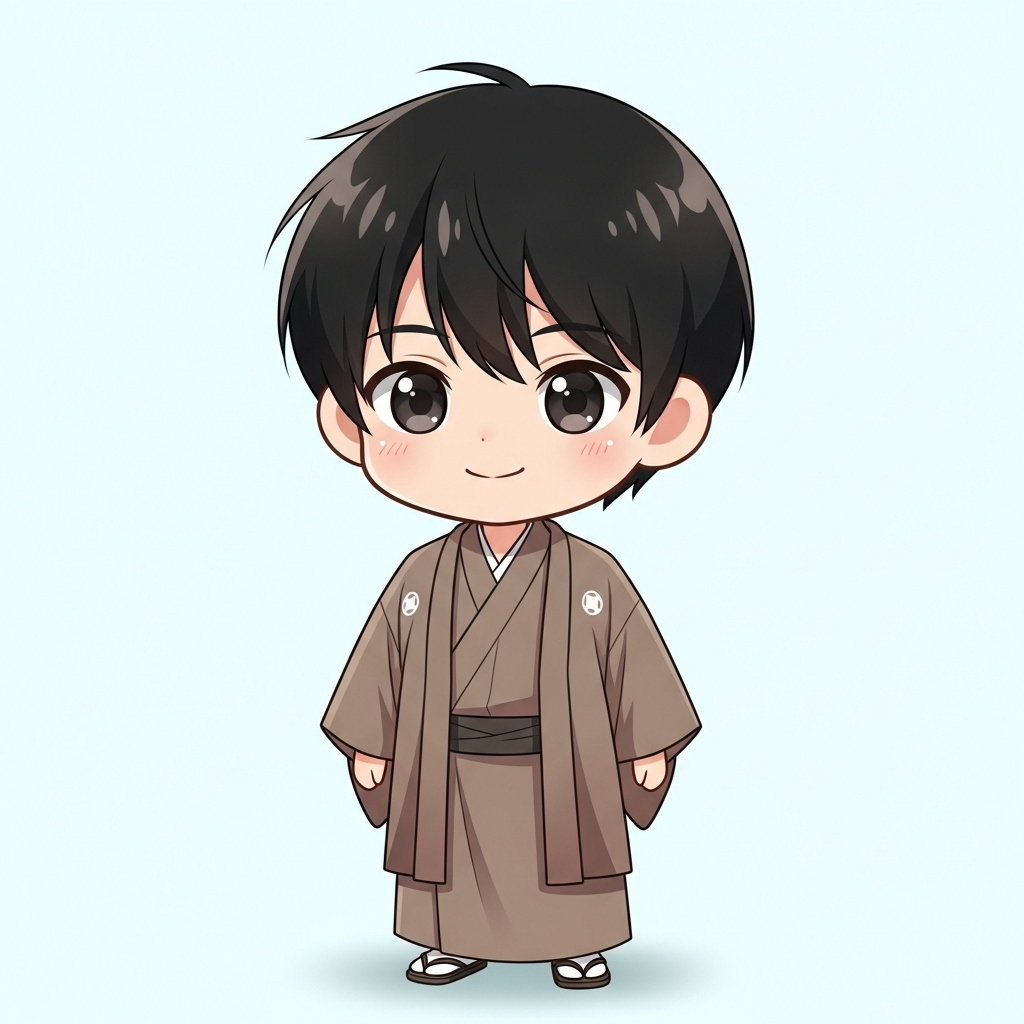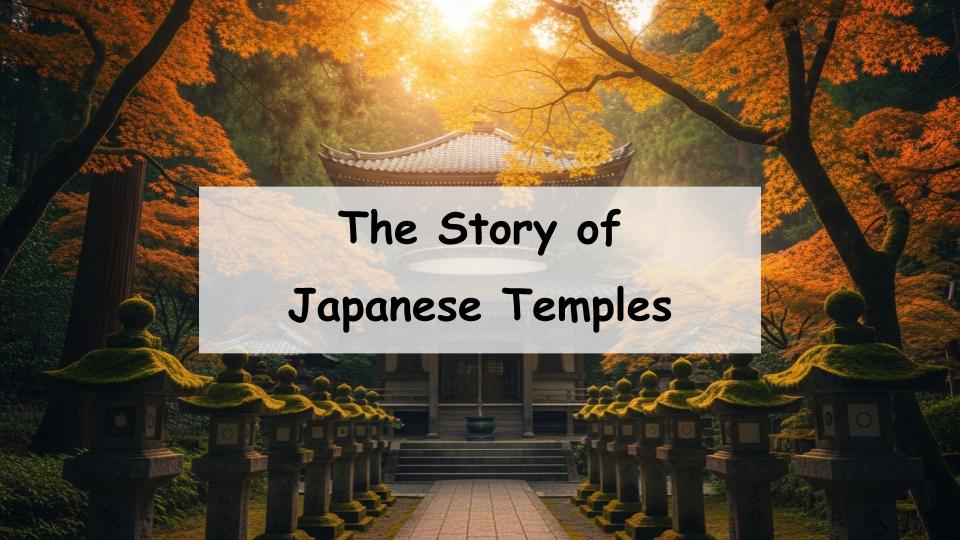“Why do temples exist in Japan?” “How did they become such an integral part of Japanese culture?”
If you’ve ever asked yourself these questions, you’re not alone. Temples in Japan are more than just religious sites—they are deeply rooted in the nation’s history and culture.
This article will gently walk you through why temples came to be, their historical background, and how they have evolved over time. By tracing the development of temples from ancient times to the modern era, you’ll gain insight into their cultural and societal roles.
By the end, you’ll see temples as more than just places of worship—they are storytellers of Japan’s rich history.
What Is a Temple? Its Basic Role and Meaning
The Definition of a Temple and Its Relevance Today
A temple in Japan is a Buddhist religious facility where monks train, worship is conducted, and sacred artifacts like statues and scriptures are housed. Traditionally, temples have served as spiritual centers, offering guidance, rituals, and community services.
Today, temples still host religious events such as funerals, memorials, and meditation sessions. At the same time, they’ve also become cultural destinations—places to appreciate architecture, art, and the tranquil atmosphere that draws both believers and tourists alike.
How Temples Differ from Shrines
Temples and shrines are often confused, but they serve distinct purposes. Temples are based on Buddhism and are places where people venerate the Buddha. They are managed by monks and include structures like pagodas and main halls.
Shrines, on the other hand, are rooted in Shinto, Japan’s indigenous religion. They are managed by priests and are dedicated to kami, or deities. Elements like torii gates and sacred ropes are unique to shrines. Each plays a different cultural role in Japan, reflecting the dual religious heritage of the country.
Social Roles of Temples Through Time
Temples have historically played more than a religious role. They have been centers of education, medical care, community governance, and even shelters. Especially during the Edo period, temples ran terakoya—early schools where children learned to read and write.
Even today, temples serve as community hubs. Seasonal festivals, rituals, and public gatherings are often organized within temple grounds, continuing their long-standing function as a pillar of society.
When Did Temples First Appear in Japan?
The Historical Background of Buddhism’s Arrival
Temples in Japan trace their roots to the 6th century, when Buddhism was introduced from the Korean kingdom of Baekje. At the time, Japan primarily practiced Shintoism. However, Buddhism was embraced by the ruling elite, who believed it could help stabilize and enrich the state.
As a result, Buddhist practices and temple construction rapidly spread across the country, marking the beginning of temple culture in Japan.
Early Spread of Buddhism and Temple Construction
With Buddhism came not just spiritual teachings but also artistic and architectural influences. During the Asuka period, numerous temples were built as symbols of faith and power. These temples often featured intricate artwork, statues, and elaborate designs that showcased the sophistication of Buddhist culture.
They weren’t just religious facilities but also cultural beacons, influencing literature, architecture, and art in lasting ways.
Prince Shōtoku and the Construction of Hōryū-ji
One of the most influential figures in the spread of Buddhism in Japan was Prince Shōtoku. A devout believer, he supported the building of temples and the integration of Buddhist thought into governance. The construction of Hōryū-ji, one of the oldest wooden structures in the world, stands as a lasting legacy of his commitment to Buddhism.
Buddhism’s Official Recognition and State Support
By the Nara period, Buddhism had become the state religion. Temples like Tōdai-ji were built as national symbols, with large-scale ceremonies and monk communities supported by the government. Temples were no longer just religious spaces—they became political institutions reinforcing state power.
Historical Evolution of Temples Across Japanese Eras
Nara and Heian Periods: Temples and the Central Government
During these periods, temples flourished under state patronage. Grand temples were built not only for spiritual purposes but also as manifestations of political authority. Monks held government positions, and temples hosted rituals to pray for the prosperity of the nation.
The relationship between religion and politics was deeply intertwined, with temples playing a key role in legitimizing the power of the ruling class.
Kamakura and Muromachi Periods: The Rise of Warrior Patronage
As samurai gained influence, Zen Buddhism emerged as their spiritual backbone. Rinzai and Sōtō sects gained popularity, emphasizing discipline and meditation—ideals that resonated with the warrior ethos.
Temples also became cultural centers, nurturing arts such as garden design, calligraphy, and tea ceremony, which remain closely associated with Zen aesthetics today.
Edo Period: The Temple Registration System and Common Life
In the Edo period, the shogunate implemented the temple registration system (terauke seido), which required all citizens to be affiliated with a temple. This served as a means of social control and religious regulation.
Educational and Social Welfare Functions
Temples became places of learning, especially for the common people. Through terakoya, children received basic education. Temples also cared for the sick and orphaned, acting as early welfare institutions.
Temples were thus deeply woven into the everyday lives of people, far beyond their religious roles.
Modern Era: The Meiji Restoration and Reorganization
The Meiji era saw dramatic changes. With the government promoting Shinto as the state religion, many temples were destroyed in the anti-Buddhist movement known as haibutsu kishaku. Buddhist institutions declined, and monks were secularized.
However, Buddhism gradually recovered. In modern times, temples are valued as heritage sites and continue to attract people seeking peace, culture, or spiritual insight.
Why Do Temples Still Exist Today?
Their Value as Cultural Heritage
Many temples are designated as National Treasures or Important Cultural Properties. Their architecture, gardens, and artworks preserve centuries of Japanese aesthetics and craftsmanship. As such, they are preserved with care and supported through tourism and cultural programs.
Community Connections
Temples maintain strong ties to local communities. Through seasonal festivals, memorial services, and volunteer events, they serve as centers for connection and belonging.
These ties help sustain temples not only spiritually but also socially, as they remain active contributors to community life.
New Approaches to Temple Activities
In response to changing times, temples have adapted in creative ways. Some now host cafés, art exhibitions, or online memorial services. Others organize workshops on mindfulness, death preparation (shūkatsu), or local history.
These efforts show how temples continue to evolve, bridging tradition and modern needs.
Conclusion: What Temples Teach Us About Japanese Culture
Understanding the Deeper Role of Temples Through History
Temples are more than religious monuments. They have shaped politics, education, art, and community values throughout Japan’s long history. By studying temples, we gain insight into the deeper cultural and societal structures of Japan itself.
The Continuing Relevance of Temples Today
Even in an increasingly secular society, temples remain relevant. Whether as spiritual sanctuaries, cultural landmarks, or community spaces, they adapt and endure. Their ability to evolve while preserving core values ensures they will continue to be part of Japan’s cultural fabric for generations to come.
A Message from the Guide

Without temples, modern Japan would not exist as we know it.










Comment